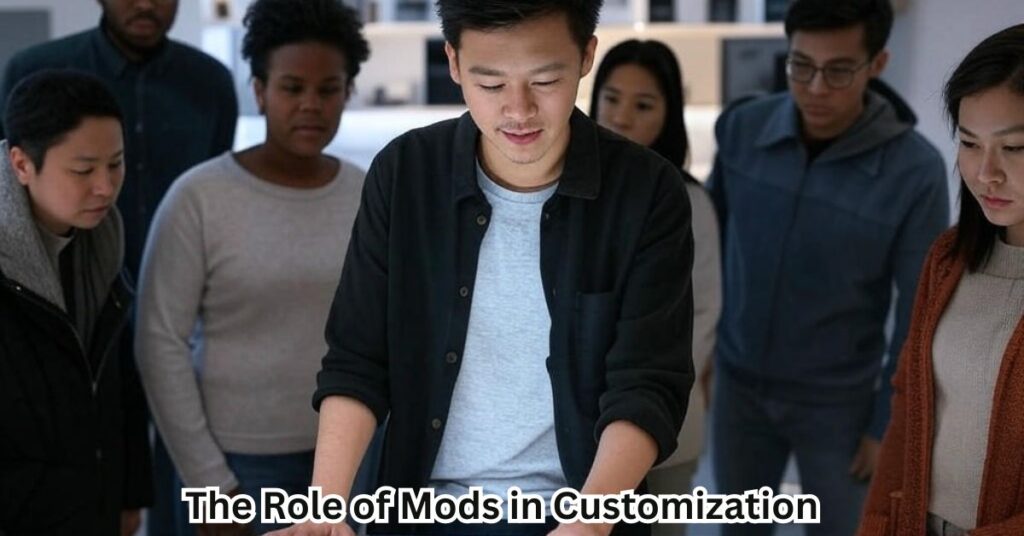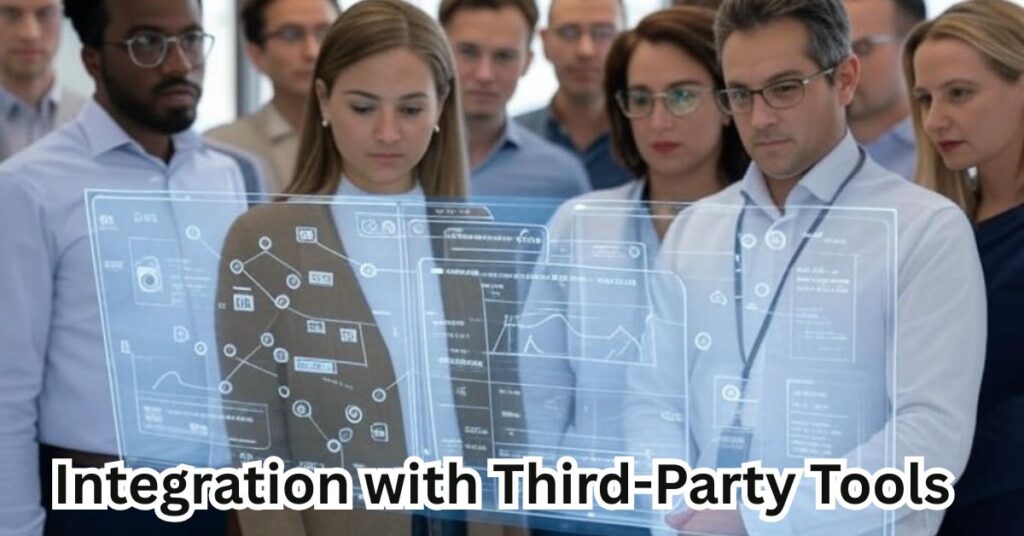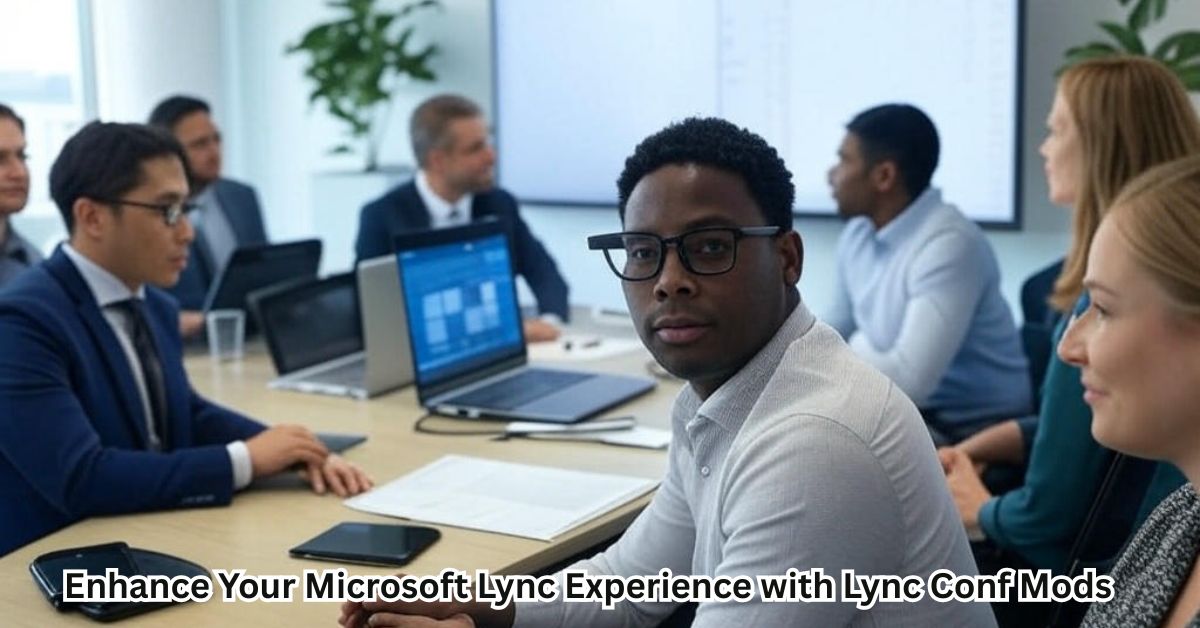In today’s digital workplace, effective communication tools are essential for success. Microsoft Lync has emerged as a powerful platform for enterprise communication. The standard version offers solid features. Many organizations need more tailored solutions.
Lync conference modifications provide these custom options. These “Lync conf mods” transform basic conferencing into robust collaboration hubs. They address specific business needs. They enhance productivity across teams. They create seamless workflows for diverse operations.
This comprehensive guide explores Lync conf mods in detail. You’ll discover what these modifications entail. You’ll learn their key benefits for businesses. You’ll understand implementation strategies for success. Whether managing remote teams or hosting global conferences, these insights will help optimize your communication infrastructure.
Understanding Lync Conf Mods
Modern workplace communication demands flexibility. Standard solutions often fall short of specific needs. Customization becomes crucial for optimal workflows. Lync conf mods fill this important gap.
What are Lync Conf Mods
Lync conf mods are customized enhancements to Microsoft Lync’s native features. They expand basic functionalities with targeted improvements. They address limitations in the standard platform. They add capabilities beyond out-of-box options.
These modifications range from simple interface tweaks to complex system integrations. They transform how teams connect and collaborate. They enable businesses to tailor their communication infrastructure precisely.
Each mod serves a specific purpose. Some enhance visual elements for better engagement. Others add powerful tools for meeting management. Many integrate external systems for streamlined workflows. All focus on making communication more effective and efficient.
The Role of Mods in Customization

Customization sits at the heart of effective workplace tools. Every organization has unique requirements. Standard platforms rarely meet all these needs perfectly. Lync conf mods enable precise tailoring of communication systems. They allow teams to work in ways that suit their specific processes.
These modifications create personalized experiences for users. They remove friction from daily communications. They align technology with established workflows. They enhance adoption rates across departments.
Custom mods reflect organizational culture and priorities. They support brand identity in internal and external communications. They demonstrate commitment to optimized user experience.
The Need for Lync Conf Mods
Standard communication platforms have inherent limitations. Off-the-shelf solutions can’t address every business scenario. Recognizing these gaps helps identify valuable modification opportunities. Understanding specific pain points guides effective customization strategies.
Common Limitations of Microsoft Lync
The base Lync platform offers solid fundamentals. However, several limitations impact efficiency. The standard interface lacks customization options. Meeting controls provide basic functionality only. Integration capabilities with other systems are restricted. Scalability becomes challenging for larger organizations. Security features meet general needs but lack specialized protections.
Audio quality depends heavily on default settings. Video conferencing has participant number limitations. Screen sharing offers minimal annotation features. File sharing capabilities have size restrictions. Chat functionality lacks advanced filtering options. These constraints affect productivity in various scenarios. They create challenges for specialized team needs.
Real-World Examples

Marketing teams need branded meeting experiences. The default interface doesn’t reflect company identity. Sales teams require CRM data during client calls. Standard Lync doesn’t connect these systems seamlessly. Support teams must track conversation metrics. Basic platforms offer limited analytical capabilities.
Remote teams span multiple time zones. Scheduling tools lack intelligent coordination features. Global conferences involve various languages. Translation support is minimal in standard versions. Executive meetings require enhanced security.
Default protections may not meet compliance standards. These real scenarios highlight why modifications become necessary. They demonstrate the practical value of custom solutions.
Types of Lync Conf Mods
Different organizations require different types of modifications. Understanding the categories helps identify relevant options. Each type addresses specific aspects of communication. Together they create comprehensive custom solutions.
Interface Customizations
Visual elements significantly impact user experience. Interface mods transform how teams interact with Lync. Custom themes align with company branding. Personalized layouts improve navigation efficiency. Tailored color schemes enhance visual comfort. Redesigned icons simplify feature identification. Customized notification systems prioritize important alerts.
READ MORE THIS BLOG : Master the Grid: The Ultimate Guide to Mashable’s NYT Connections Hints
These modifications create cohesive brand experiences. They reduce visual clutter in busy interfaces. They highlight frequently used features for easy access. They improve accessibility for users with visual preferences. They create comfortable working environments for extended use.
Functional Enhancements
Core functionality determines platform effectiveness. Functional mods expand what Lync can accomplish. Enhanced admin controls streamline meeting management. Advanced polling tools increase participant engagement. Breakout room capabilities support team discussions. Recording enhancements capture important conversations. Transcription features document meeting content automatically.
These improvements directly impact productivity. They make meetings more efficient and effective. They capture valuable information for future reference. They enable better decision-making processes. They support inclusive participation from all attendees.
Integration with Third-Party Tools

Modern work involves multiple specialized platforms. Integration mods connect Lync with essential business tools. CRM systems share customer data during calls. Project management tools display task updates in meetings. Document repositories provide access to relevant files. Marketing platforms share campaign performance during reviews. HR systems display team information for managers.
These connections eliminate constant platform switching. They bring critical information into conversation contexts. They enable data-informed discussions in real-time. They create seamless workflows across business functions. They reduce friction in complex processes.
Security Enhancements
Communication security remains a top priority. Security mods protect sensitive business information. End-to-end encryption secures confidential conversations. Access control systems manage participant permissions. Data loss prevention tools monitor information sharing. Compliance features support regulatory requirements. Authentication enhancements verify participant identities.
These protections safeguard business interests. They support work in regulated industries. They protect intellectual property in discussions. They prevent unauthorized information access. They create trust in virtual communication channels.
How to Implement Lync Conf Mods
Successful implementation follows a structured approach. Each step ensures effective customization. The process balances technical considerations with user needs. Proper planning prevents common deployment challenges.
Identify Needs
Requirement gathering forms the foundation for effective mods. Start by interviewing various user groups. Document specific pain points with current systems. Identify workflow inefficiencies that need addressing. Prioritize modifications based on business impact. Consider both immediate needs and future requirements.
Involve representatives from different departments. Gather feedback from frequent Lync users. Analyze existing meeting patterns and challenges. Review support tickets related to communication issues. Document specific feature requests from team members.
Research Mods
Available modifications vary widely in capability and quality. Investigate options from reputable developers. Review case studies of similar implementations. Consider compatibility with your current infrastructure. Evaluate costs against expected benefits. Assess security implications of each modification.
READ MORE THIS BLOG : Chef Gotxen Godolix: The Culinary Revolutionary Transforming Modern Gastronomy
Consult with Lync specialists about best practices. Join user communities to learn from others’ experiences. Request demonstrations of promising modifications. Compare different solutions for similar requirements. Consider long-term support availability for each option.
Testing

Thorough testing prevents deployment problems. Create a controlled test environment for evaluation. Select a diverse pilot group from different departments. Develop specific testing scenarios based on requirements. Document issues encountered during testing. Measure performance impacts on existing systems.
Gather detailed feedback from pilot participants. Address technical issues before wider deployment. Refine configurations based on initial experiences. Test integration with all connected systems. Verify security compliance with organizational standards.
Roll Out
Careful deployment ensures successful adoption. Create a phased implementation plan. Develop comprehensive training materials for users. Schedule orientation sessions before deployment. Communicate benefits clearly to all stakeholders. Provide accessible support resources for questions.
Deploy modifications to small groups initially. Expand gradually to the entire organization. Maintain normal operations during transition periods. Monitor system performance during rollout stages. Address emerging issues promptly with developer support.
Collect Feedback
Continuous improvement requires ongoing assessment. Establish formal feedback channels for users. Conduct regular surveys about modification effectiveness. Monitor usage patterns to identify adoption issues. Track productivity metrics to measure impact. Document suggestions for future enhancements.
Meet regularly with department representatives. Review support requests related to new features. Identify additional training needs based on usage patterns. Share success stories to encourage adoption. Create improvement roadmaps based on collective input.
Frequently Asked Questions
What benefits do Lync conf mods offer over standard Microsoft Lync?
Lync conf mods provide customized features tailored to specific business needs, enhanced integration capabilities with third-party tools, and improved user experiences that standard versions cannot offer.
Are Lync conference modifications compatible with Microsoft Teams?
Yes, most Lync conf mods can be adapted for Microsoft Teams as Teams is the evolution of Lync/Skype for Business with similar underlying architecture.
How much technical expertise is required to implement Lync modifications?
Implementation complexity varies by modification type, with some requiring IT specialist involvement while others offer simple administrator-level installation processes.
Will Lync conf mods affect system stability or security?
Quality modifications from reputable developers should not compromise stability or security when properly implemented and tested in your environment.
What costs are associated with implementing Lync conference modifications?
Costs vary widely depending on modification complexity, ranging from free open-source options to premium enterprise solutions with licensing fees and possible implementation services.
Conclusion
Microsoft Lync conference modifications represent powerful opportunities for communication enhancement. They transform standard platforms into custom collaboration tools. They address specific business needs with targeted solutions. They improve productivity through streamlined workflows. They support diverse teams with flexible features.
Successful implementation requires thoughtful planning. Understanding organizational needs comes first. Careful research identifies appropriate modifications. Thorough testing prevents deployment issues. Strategic rollout ensures user adoption. Continuous feedback drives ongoing improvement.

Bolt is a seasoned SEO expert with a passion for content writing, keyword research, and web development. He combines technical expertise with creative strategies to deliver exceptional digital solutions.
















